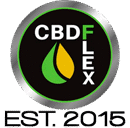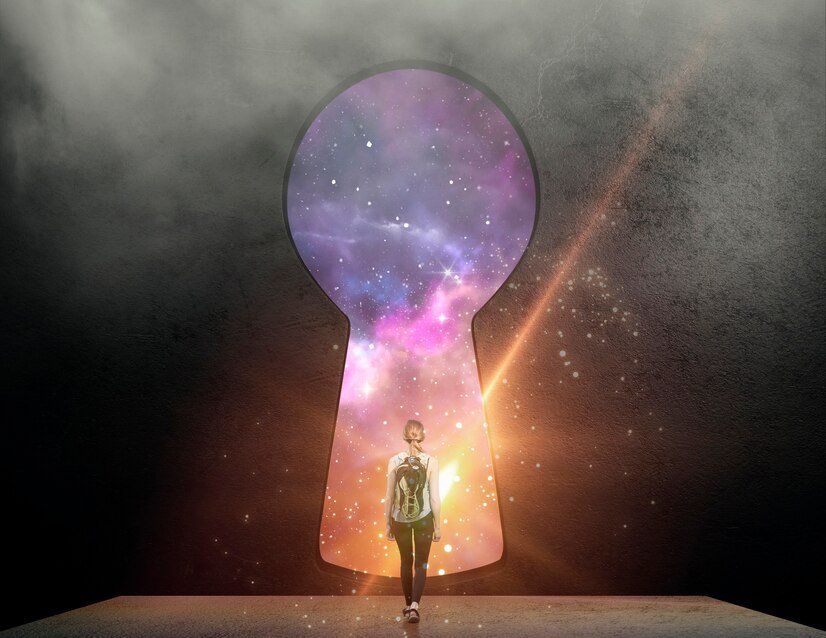Unlocking the Secrets: How THC and CBD Work in Your Body
The world of cannabis is buzzing with talk of THC and CBD. These two compounds, both naturally occurring in cannabis plants, are at…
The world of cannabis is buzzing with talk of THC and CBD. These two compounds, both naturally occurring in cannabis plants, are at the forefront of research and public interest due to their potential therapeutic benefits and, in the case of THC, its psychoactive effects. But what exactly are THC and CBD, and how do they work their magic within our bodies?
Understanding the intricate mechanisms of THC and CBD is crucial for anyone considering their use, whether for recreational or medicinal purposes. This comprehensive guide will delve deep into the science behind these fascinating cannabinoids, explaining how they interact with our internal systems to produce their unique effects.
The Endocannabinoid System: Our Body’s Natural Regulator
To truly grasp how THC and CBD function, we first need to understand the endocannabinoid system (ECS). Think of the ECS as a vast network of receptors, signaling molecules (endocannabinoids), and enzymes that plays a crucial role in maintaining balance (homeostasis) throughout our bodies. It influences a wide range of functions, including:
- Mood
- Appetite
- Sleep
- Pain sensation
- Immune response
- Memory
The ECS naturally produces its own cannabinoids, such as anandamide and 2-AG, which bind to specific receptors called cannabinoid receptors. The two primary types of cannabinoid receptors are:
- CB1 receptors: Primarily found in the brain and central nervous system. They are involved in cognitive functions, motor control, pain perception, and mood.
- CB2 receptors: Predominantly located in the peripheral nervous system and immune cells. They play a significant role in inflammation and immune responses.
Now, let’s explore how THC and CBD interact with this intricate system.
THC: The Psychoactive Player
Tetrahydrocannabinol, or THC, is the cannabinoid responsible for the “high” associated with cannabis. Its primary mode of action involves directly binding to CB1 receptors in the brain. This direct interaction triggers a cascade of effects, leading to alterations in:
- Mood: THC can induce feelings of euphoria, relaxation, and altered perception.
- Cognition: It can impair short-term memory, attention, and decision-making.
- Motor Control: THC can affect coordination and reaction time.
- Pain Perception: While psychoactive, THC can also have analgesic (pain-relieving) properties by modulating pain signals in the brain.
- Appetite: The well-known “munchies” are a result of THC stimulating appetite by interacting with the hypothalamus.
While THC can offer therapeutic benefits like pain relief, nausea reduction, and appetite stimulation, its psychoactive nature can be a concern for some users. The intensity of THC’s effects can vary depending on factors like dosage, strain, and individual tolerance.
CBD: The Non-Psychoactive Powerhouse
Cannabidiol, or CBD, is the other major cannabinoid found in cannabis specially in products such as cbd roll on for pain. Unlike THC, CBD is non-psychoactive, meaning it doesn’t produce the “high” associated with cannabis. Its mechanism of action is more complex and indirect compared to THC.
Instead of directly binding to CB1 and CB2 receptors like THC, CBD primarily works by:
- Modulating Receptor Activity: CBD can influence the activity of CB1 and CB2 receptors without directly binding to them. It can act as an antagonist in some cases, potentially reducing some of the unwanted side effects of THC.
- Inhibiting Endocannabinoid Breakdown: CBD can inhibit the enzymes that break down our body’s natural endocannabinoids, such as anandamide. This can lead to higher levels of these beneficial compounds in the body, potentially contributing to feelings of well-being and reducing anxiety.
- Interacting with Other Receptors: CBD interacts with various other receptors in the body, including serotonin receptors (involved in mood regulation), vanilloid receptors (involved in pain and inflammation), and PPARs (involved in metabolism). These interactions contribute to its diverse range of potential therapeutic effects.
- Reducing Inflammation and Oxidative Stress: Research suggests that CBD possesses anti-inflammatory and antioxidant properties, which may contribute to its potential in managing various conditions.
The potential therapeutic benefits of CBD are vast and continue to be explored. Some of the areas where research shows promise include:
- Anxiety and depression
- Chronic pain
- Inflammation
- Epilepsy
- Insomnia
The Entourage Effect: Working Together for Enhanced Benefits
Interestingly, research suggests that THC and CBD, along with other cannabinoids, terpenes (aromatic compounds found in cannabis), and flavonoids, may work synergistically to enhance their therapeutic effects. This phenomenon is known as the “entourage effect.”
The idea is that the combined action of these compounds can produce a more significant and well-rounded effect than any single compound in isolation. For example, CBD might help to mitigate some of the potential side effects of THC, such as anxiety or paranoia, while enhancing its pain-relieving properties.
Key Differences Summarized: THC vs. CBD
To recap, here are the key differences between THC and CBD:
| Feature | THC | CBD |
| Psychoactive | Yes | No |
| Receptor Binding | Directly binds to CB1 and CB2 receptors | Indirectly influences receptor activity |
| Primary Effects | Euphoria, altered perception, impaired cognition | Relaxation, reduced anxiety, anti-inflammatory |
| Legal Status | Varies widely by jurisdiction | More widely legal, but regulations exist |
Conclusion: Understanding the Power of THC and CBD
THC and CBD are two fascinating compounds with distinct mechanisms of action within our bodies. While THC exerts its effects primarily through direct interaction with the endocannabinoid system, leading to psychoactive effects, CBD works more indirectly, modulating receptor activity and interacting with other systems in the body to produce a range of potential therapeutic benefits without the “high.”
Understanding how THC and CBD work, both individually and in combination, is essential for making informed decisions about their use. As research continues to unfold, we are likely to uncover even more about the complex and beneficial interactions of these powerful cannabinoids.
Frequently Asked Questions (FAQ) about THC and CBD

Will CBD make me high like THC?
No, CBD is non-psychoactive and will not produce the “high” associated with THC. It interacts with the endocannabinoid system differently and does not have the same direct binding affinity to CB1 receptors in the brain that causes psychoactive effects.
Can THC and CBD be used together?
Yes, THC and CBD can be used together. In fact, some research suggests that they may have synergistic effects, known as the “entourage effect,” where they work together to enhance their therapeutic benefits and potentially mitigate some of THC’s side effects.
Is THC or CBD legal?
The legal status of THC and CBD varies significantly depending on the country, state, or region. THC is generally more restricted due to its psychoactive properties, while CBD derived from hemp (containing less than 0.3% THC) is often more widely legal. It’s crucial to check the local laws and regulations in your area.
What are the potential benefits of using THC?
THC has shown potential in relieving pain, reducing nausea and vomiting (especially during chemotherapy), stimulating appetite (helpful for individuals with conditions like HIV/AIDS or undergoing cancer treatment), and potentially reducing muscle spasticity in conditions like multiple sclerosis.
What are the potential benefits of using CBD?
CBD has been studied for its potential in managing anxiety and depression, reducing chronic pain and inflammation, helping with certain types of epilepsy (like Lennox-Gastaut syndrome and Dravet syndrome), improving sleep, and potentially having neuroprotective properties. Research is ongoing in many of these areas.







